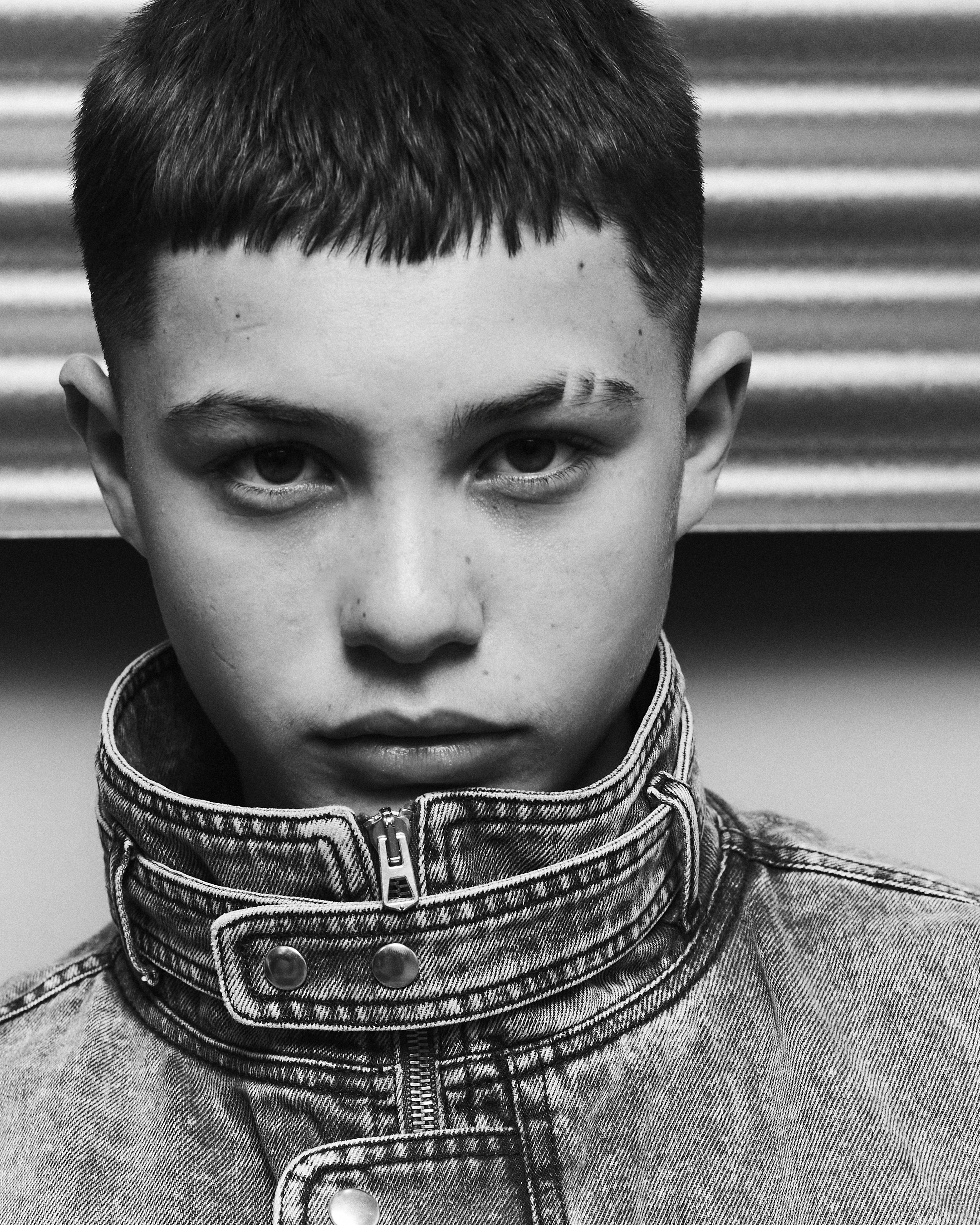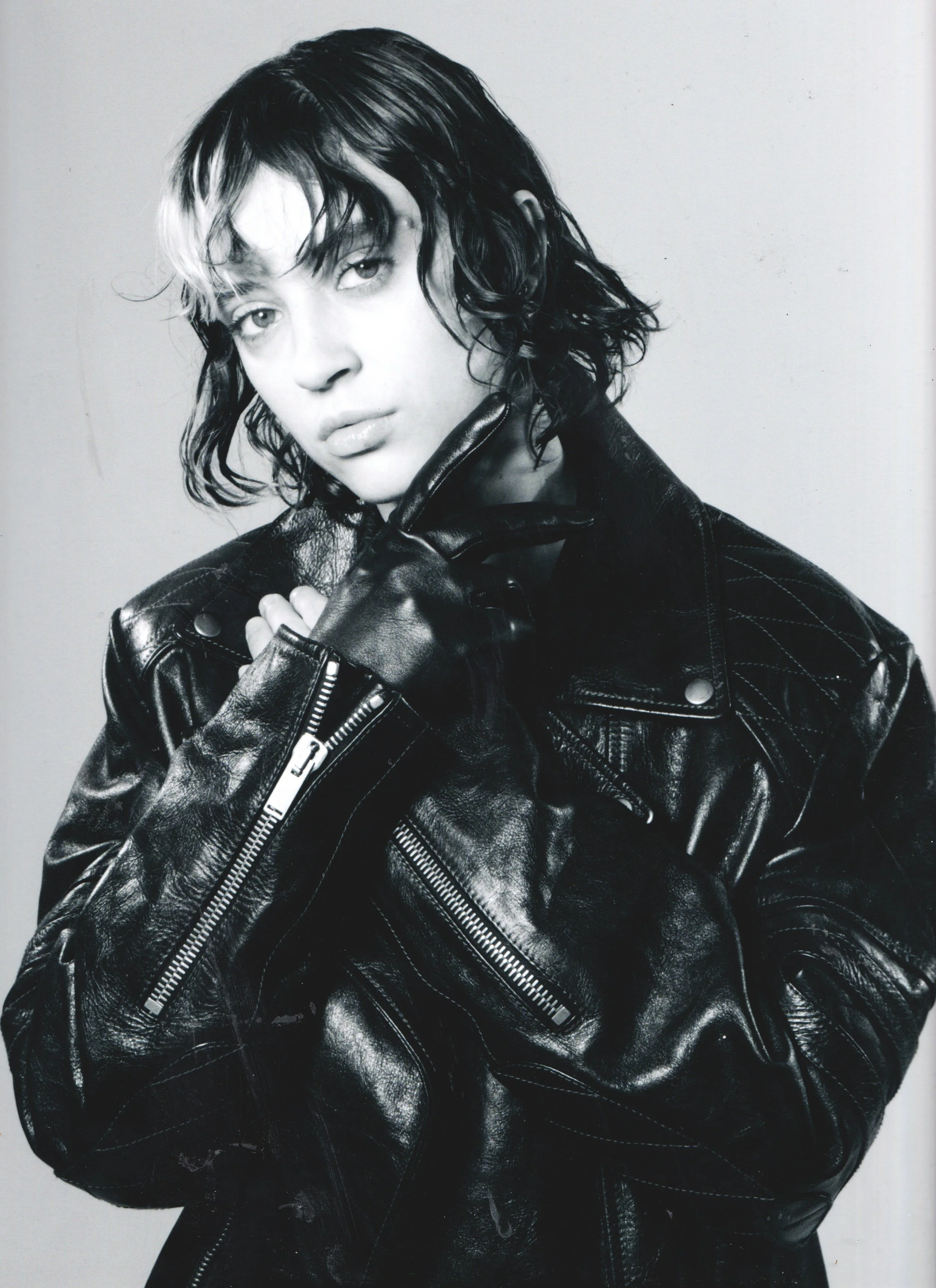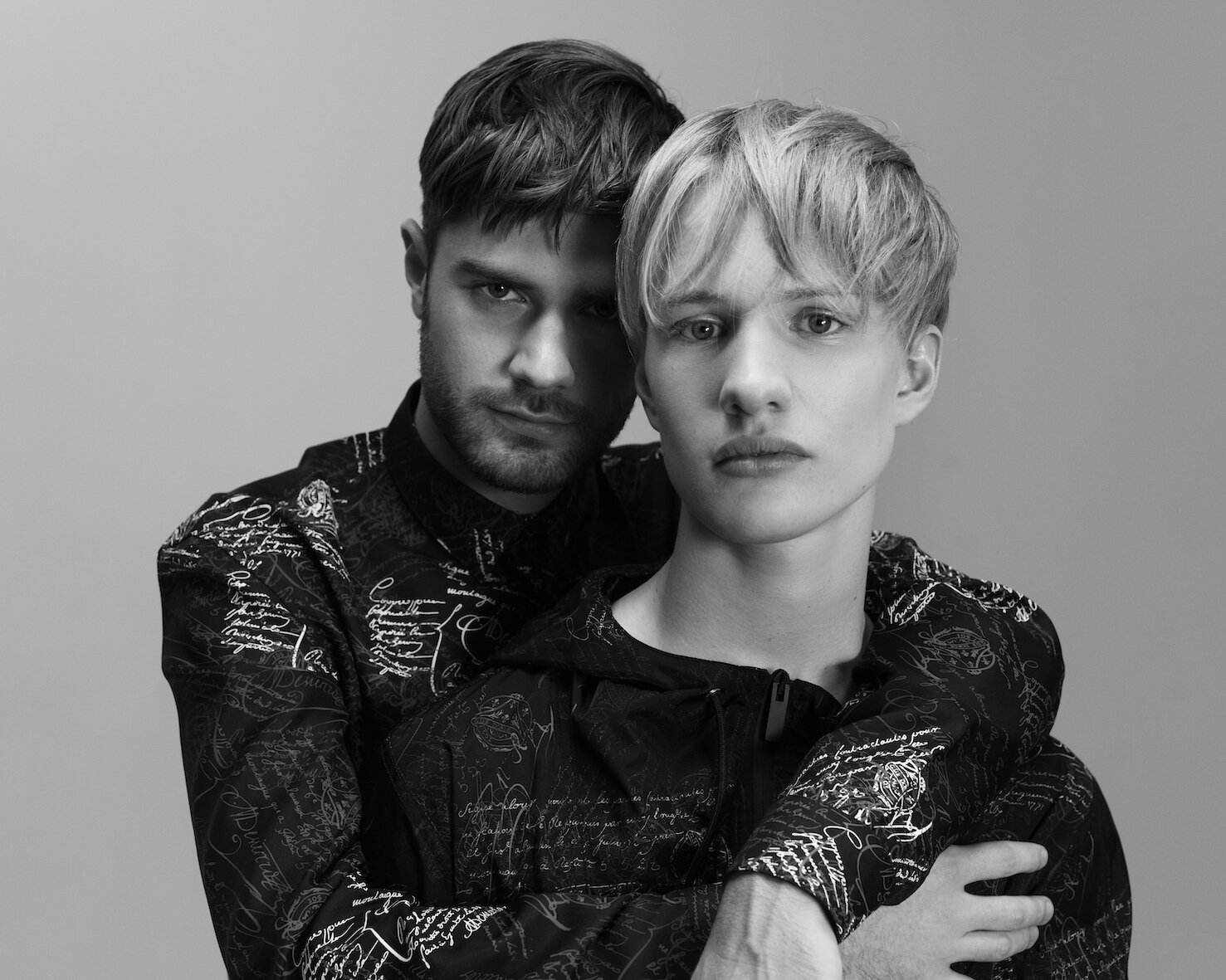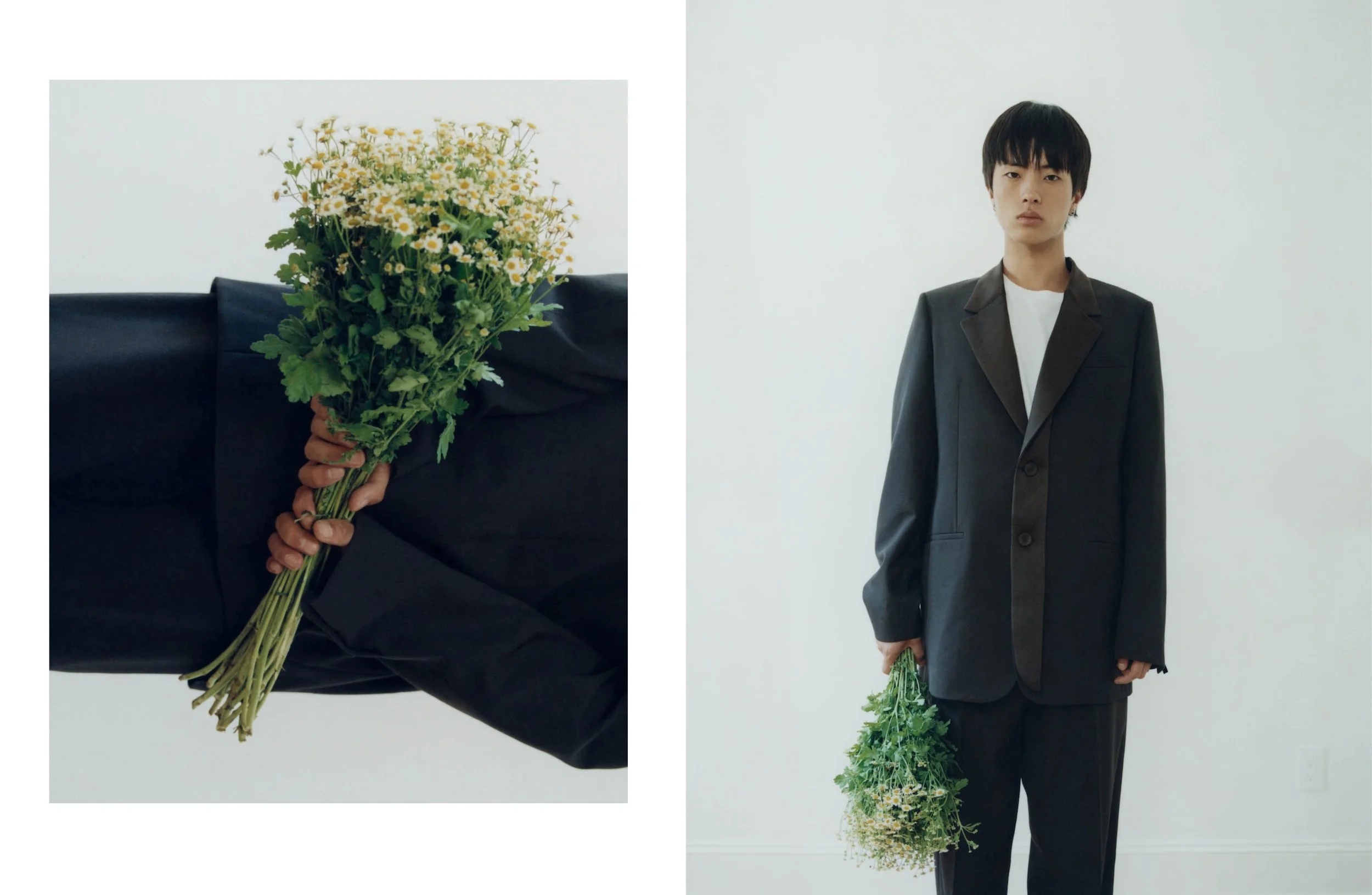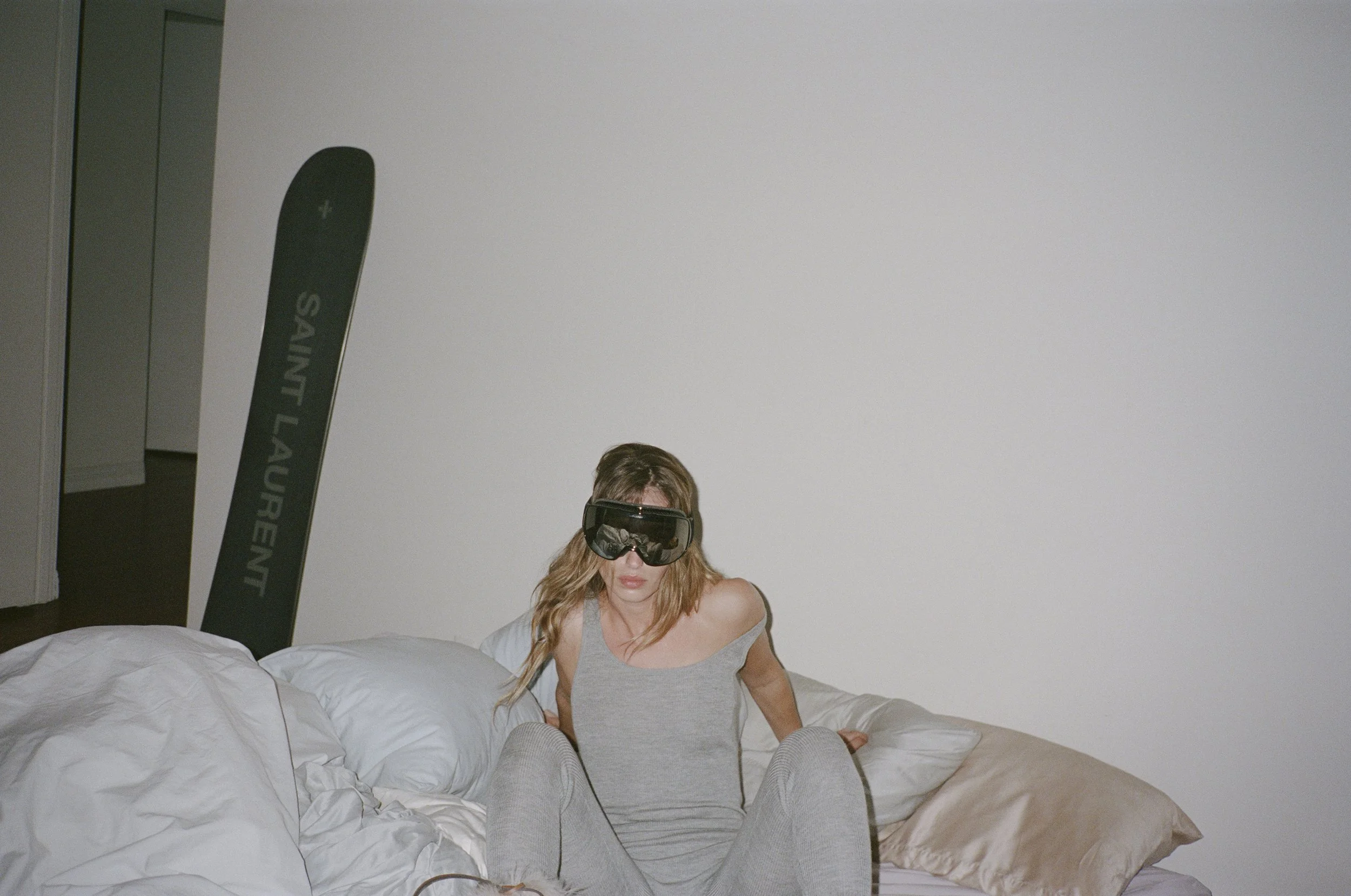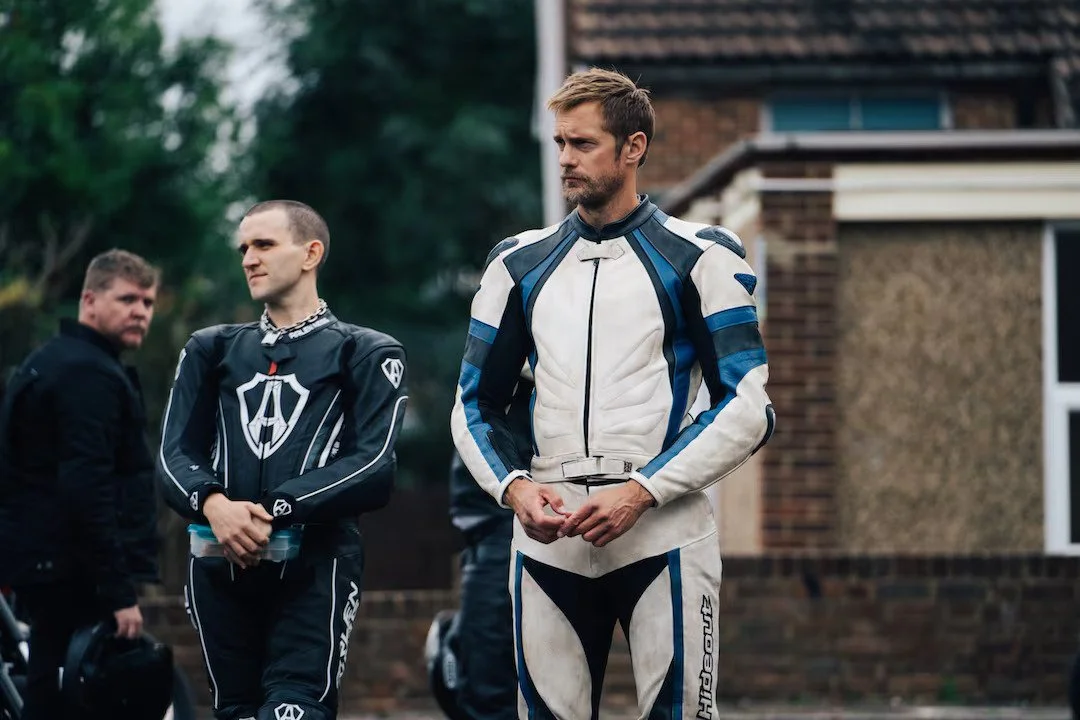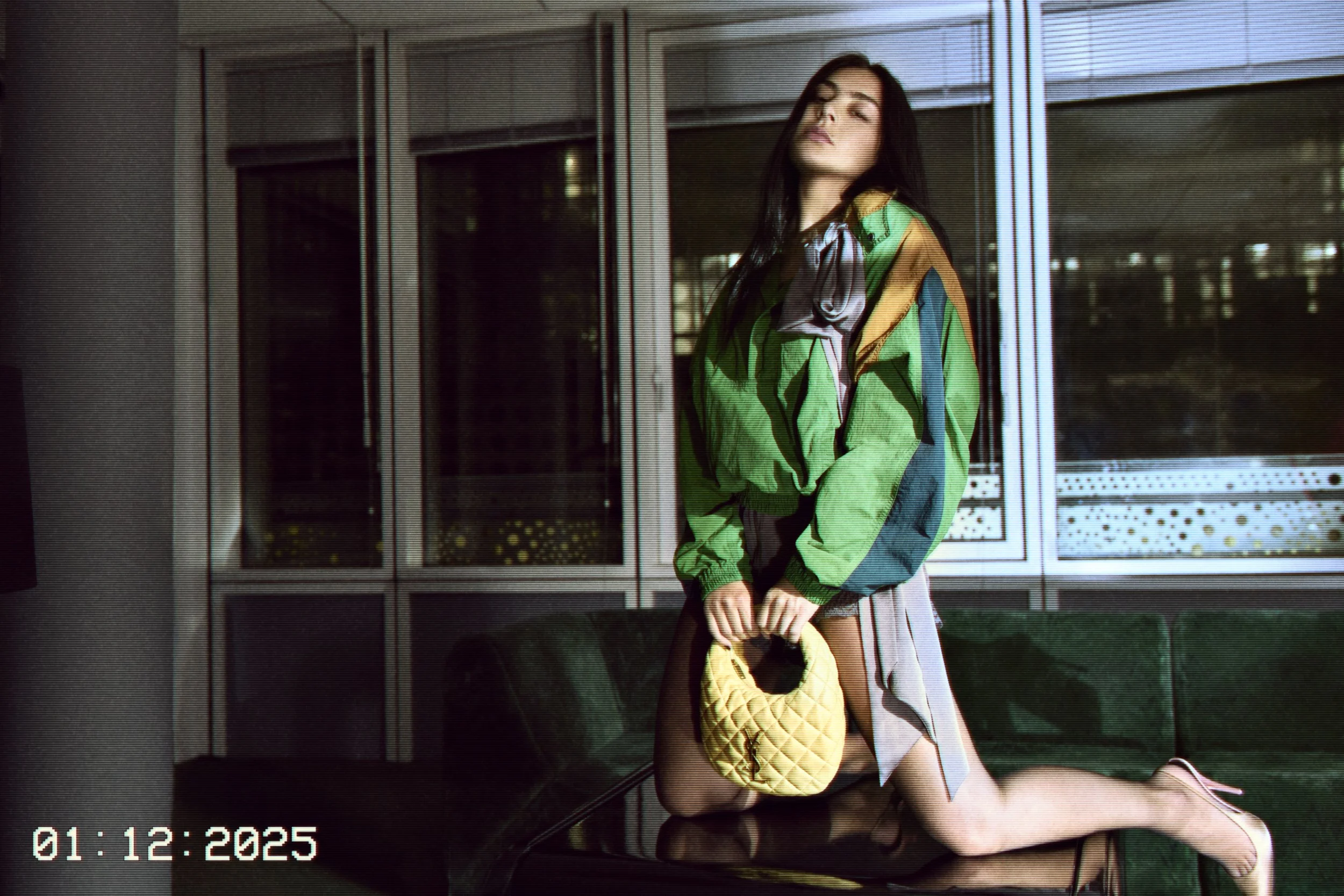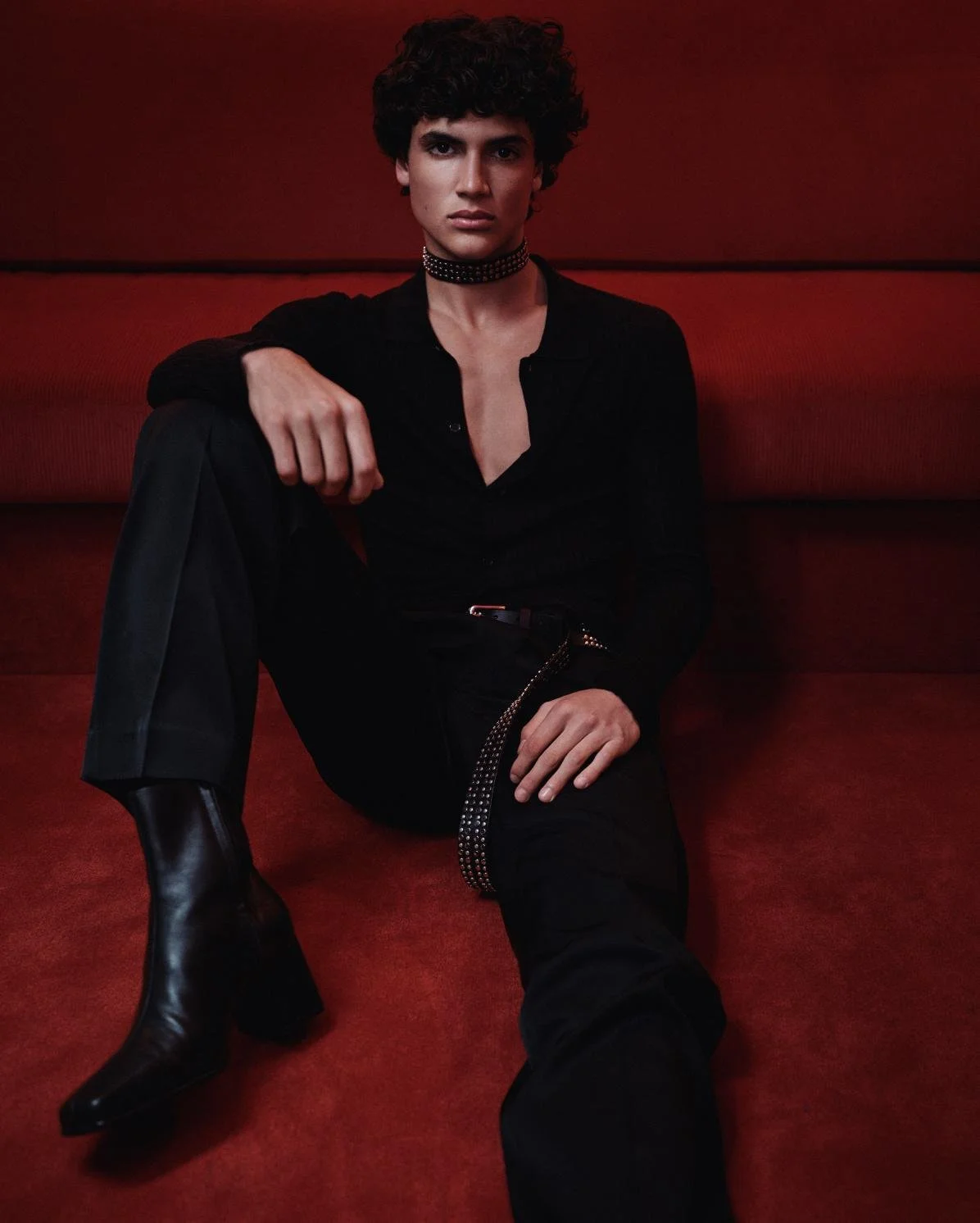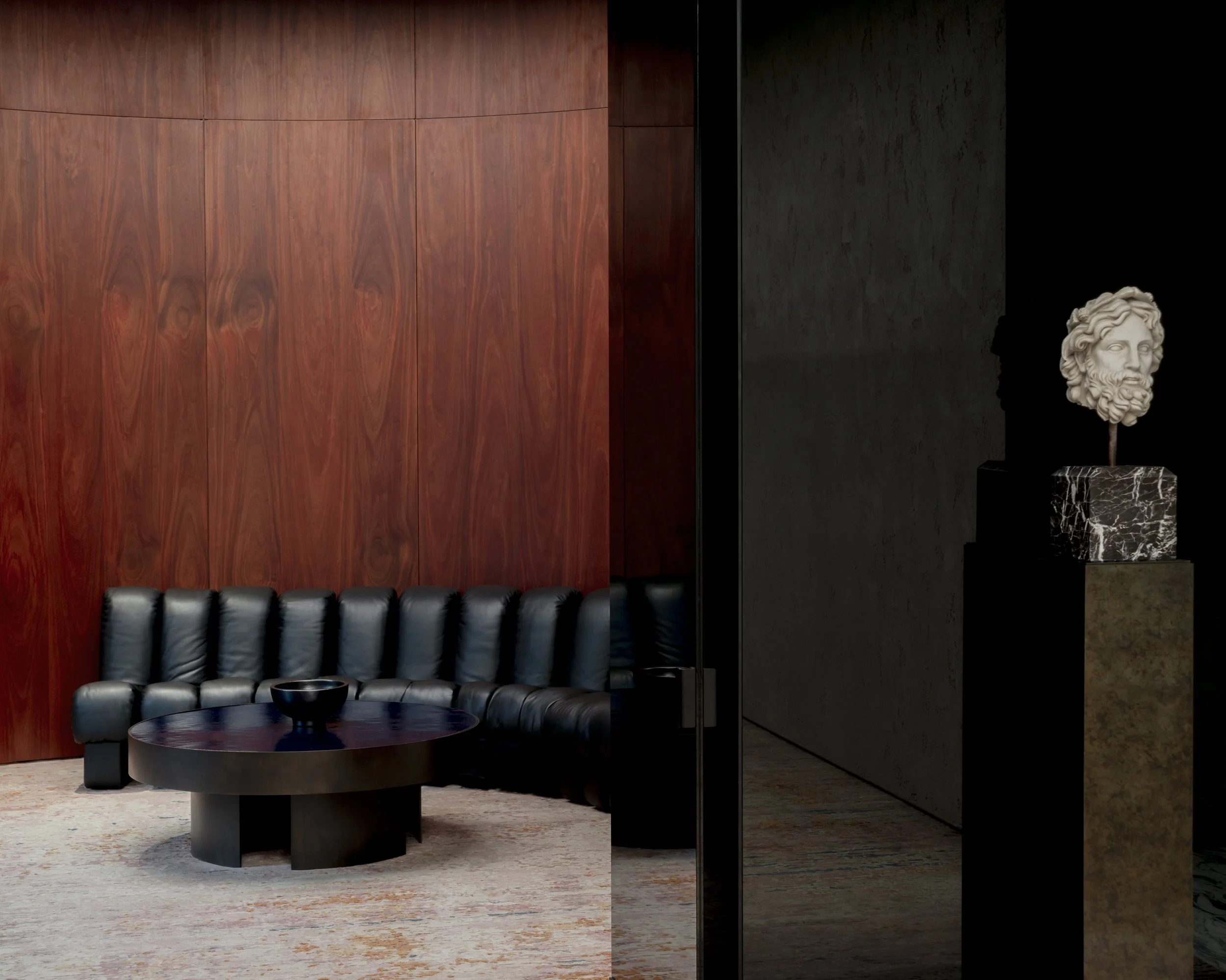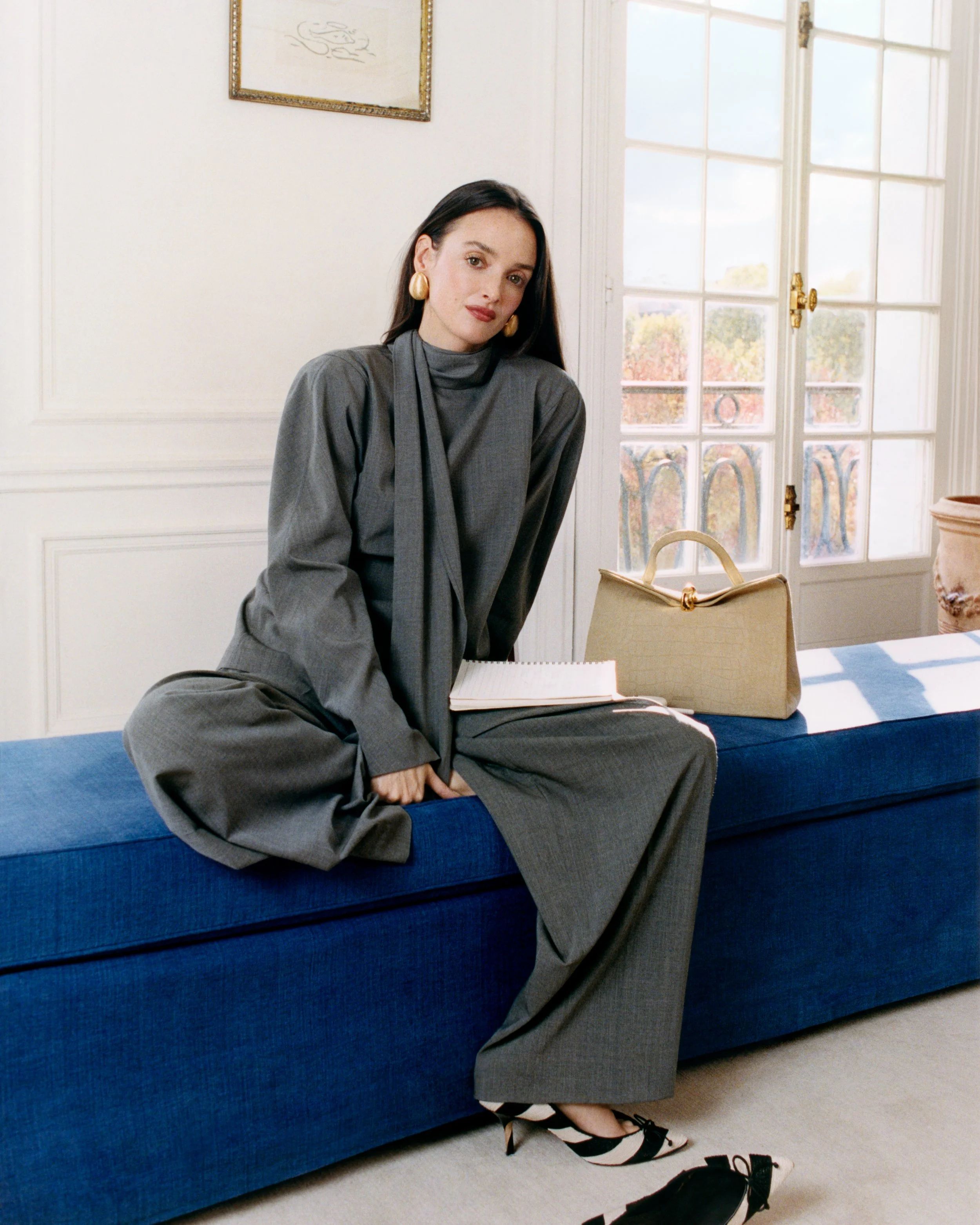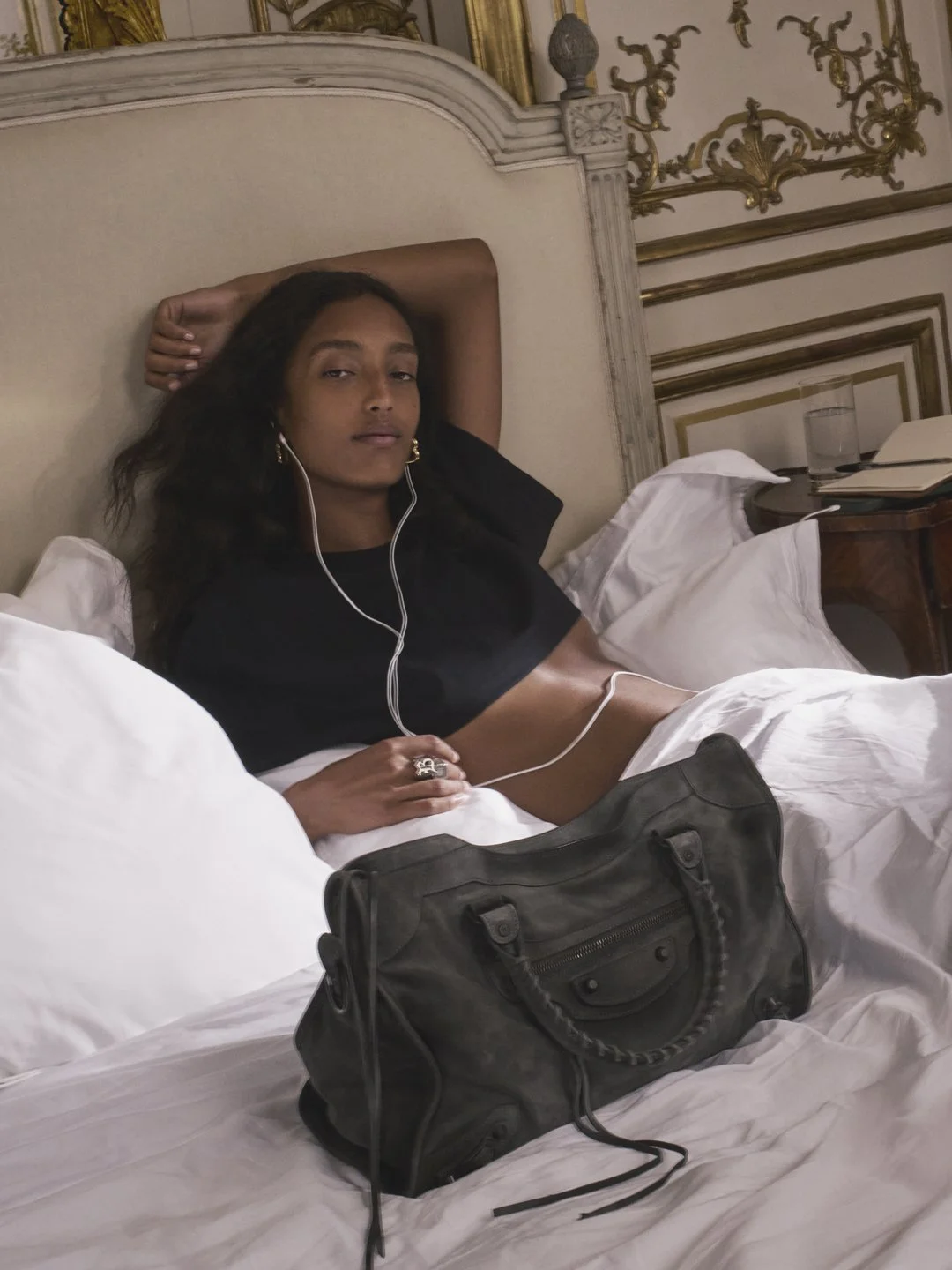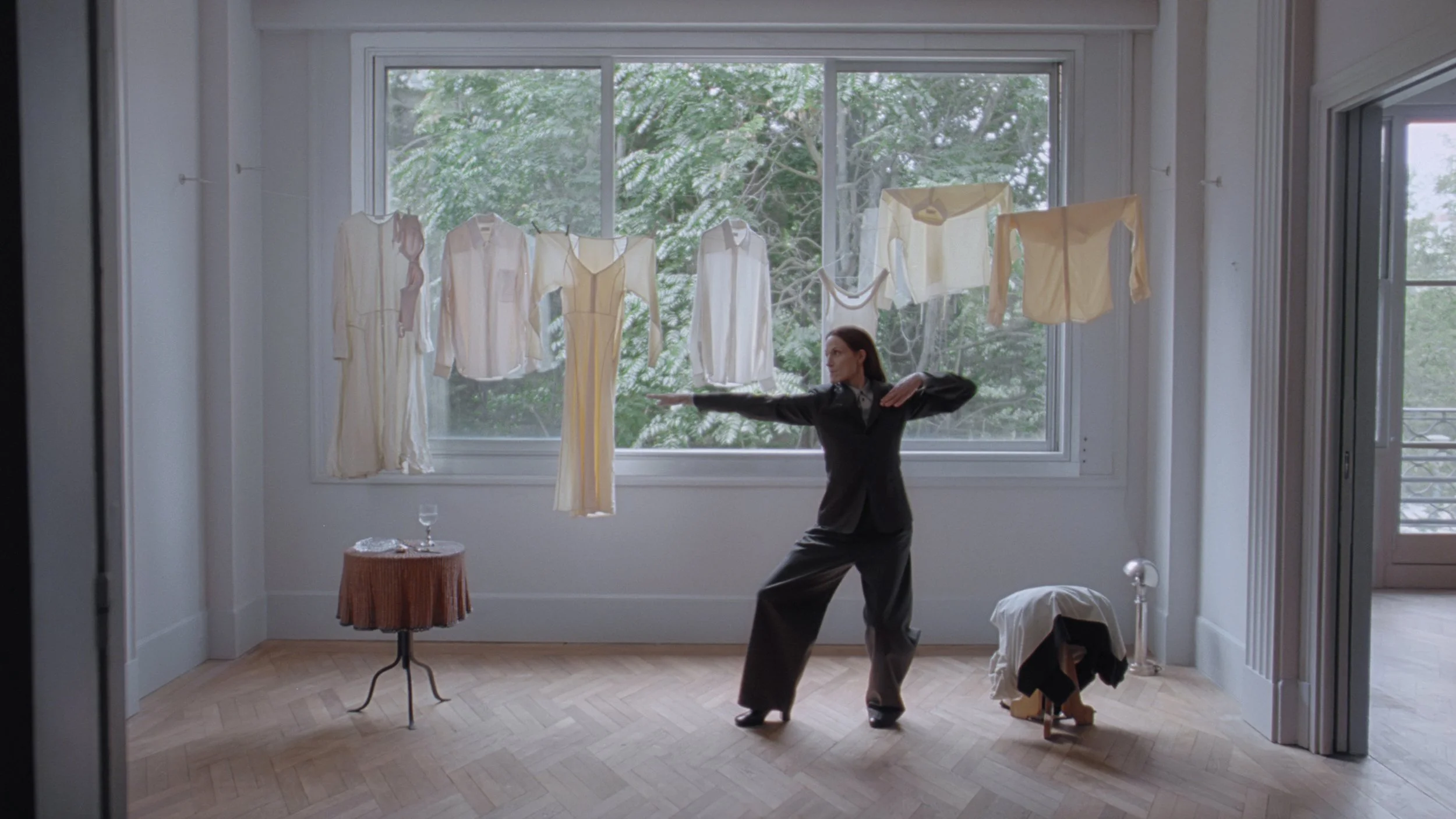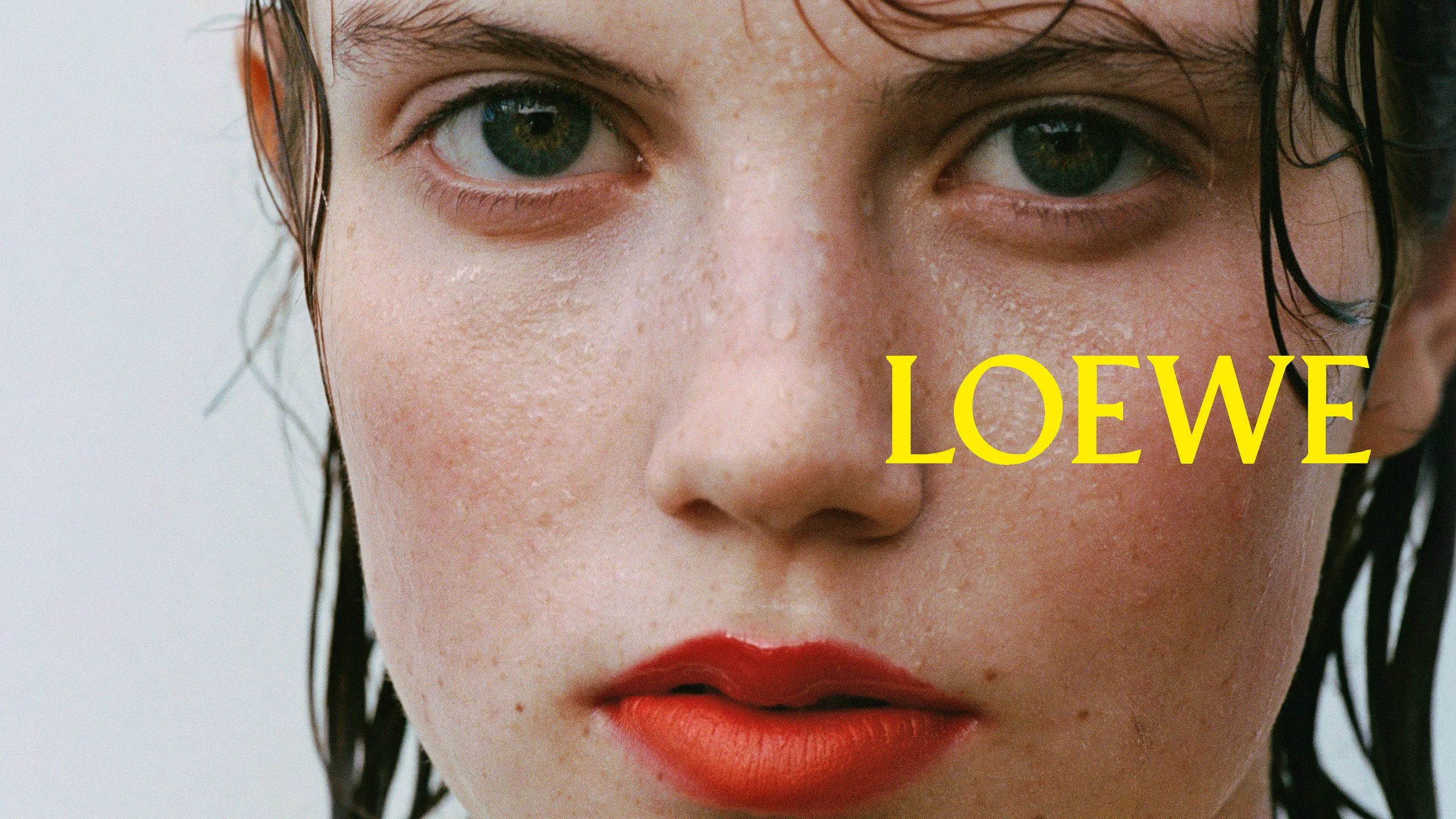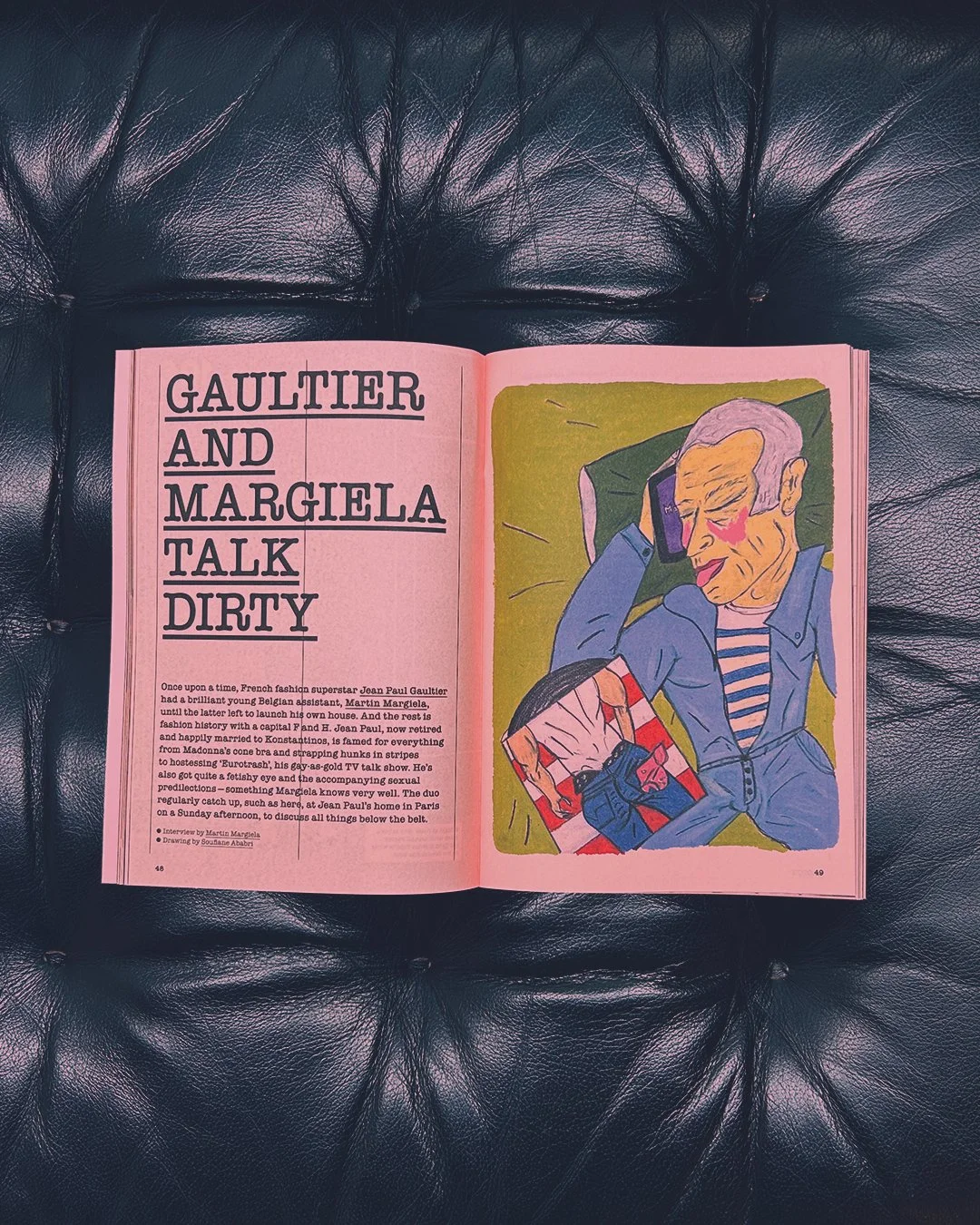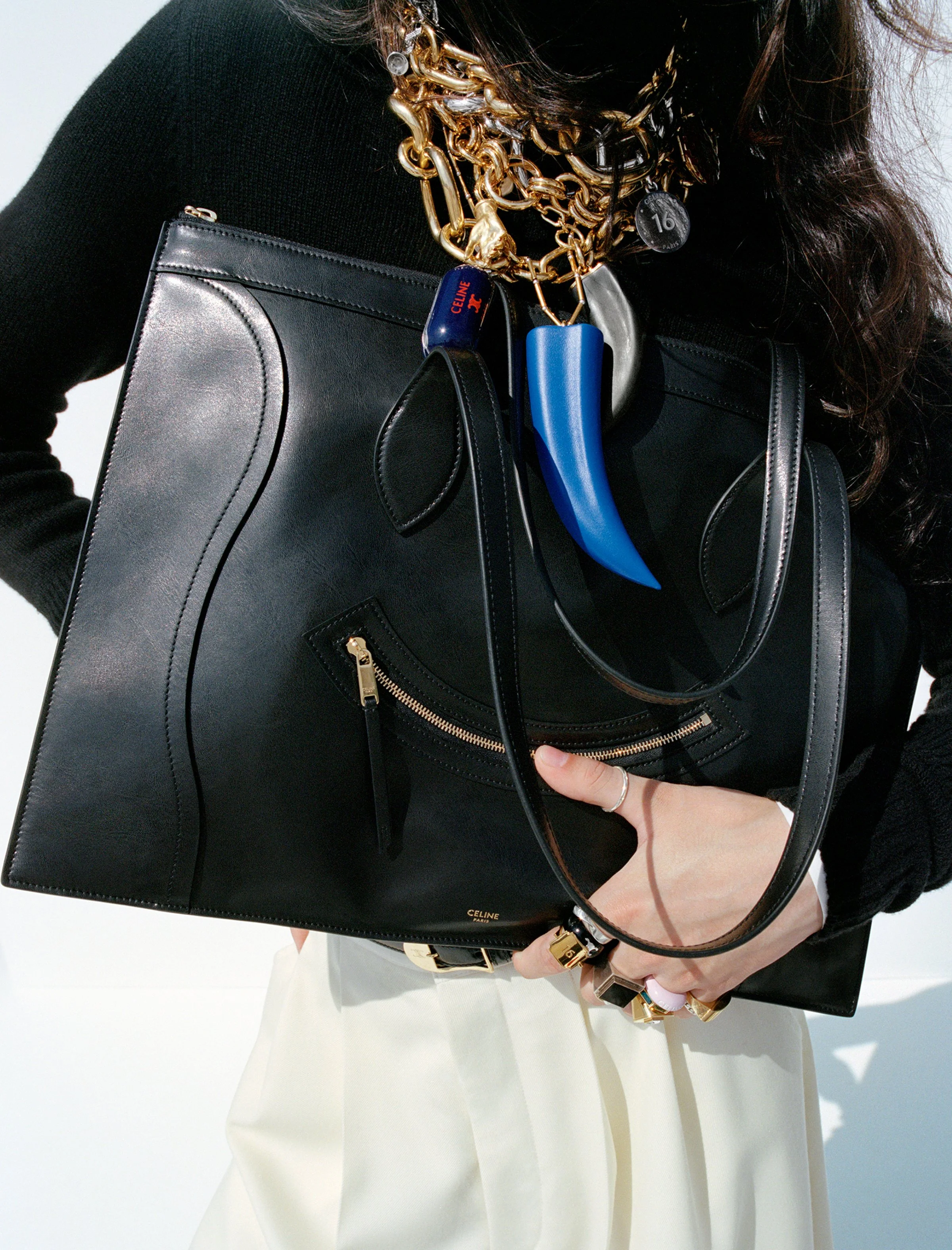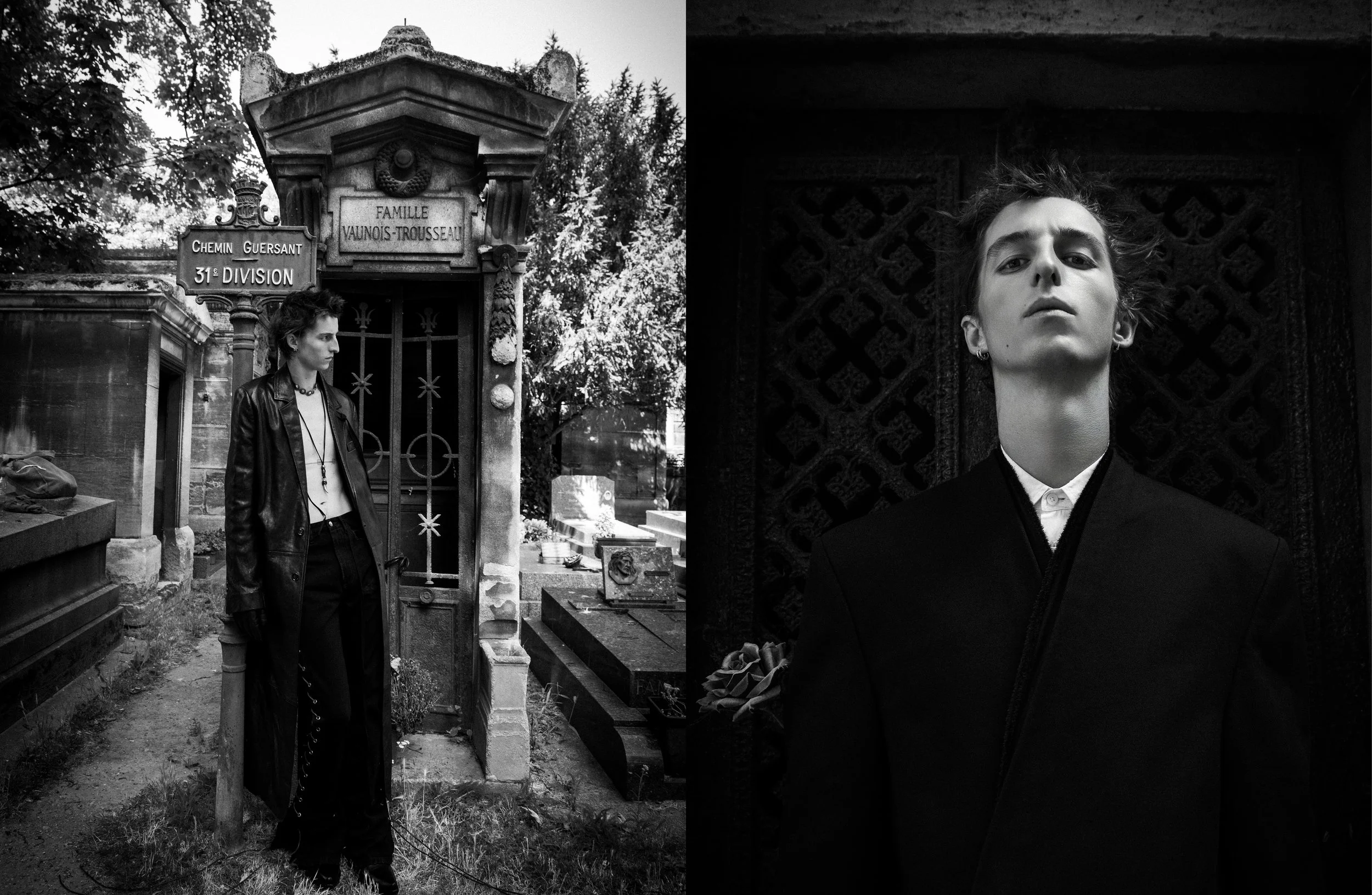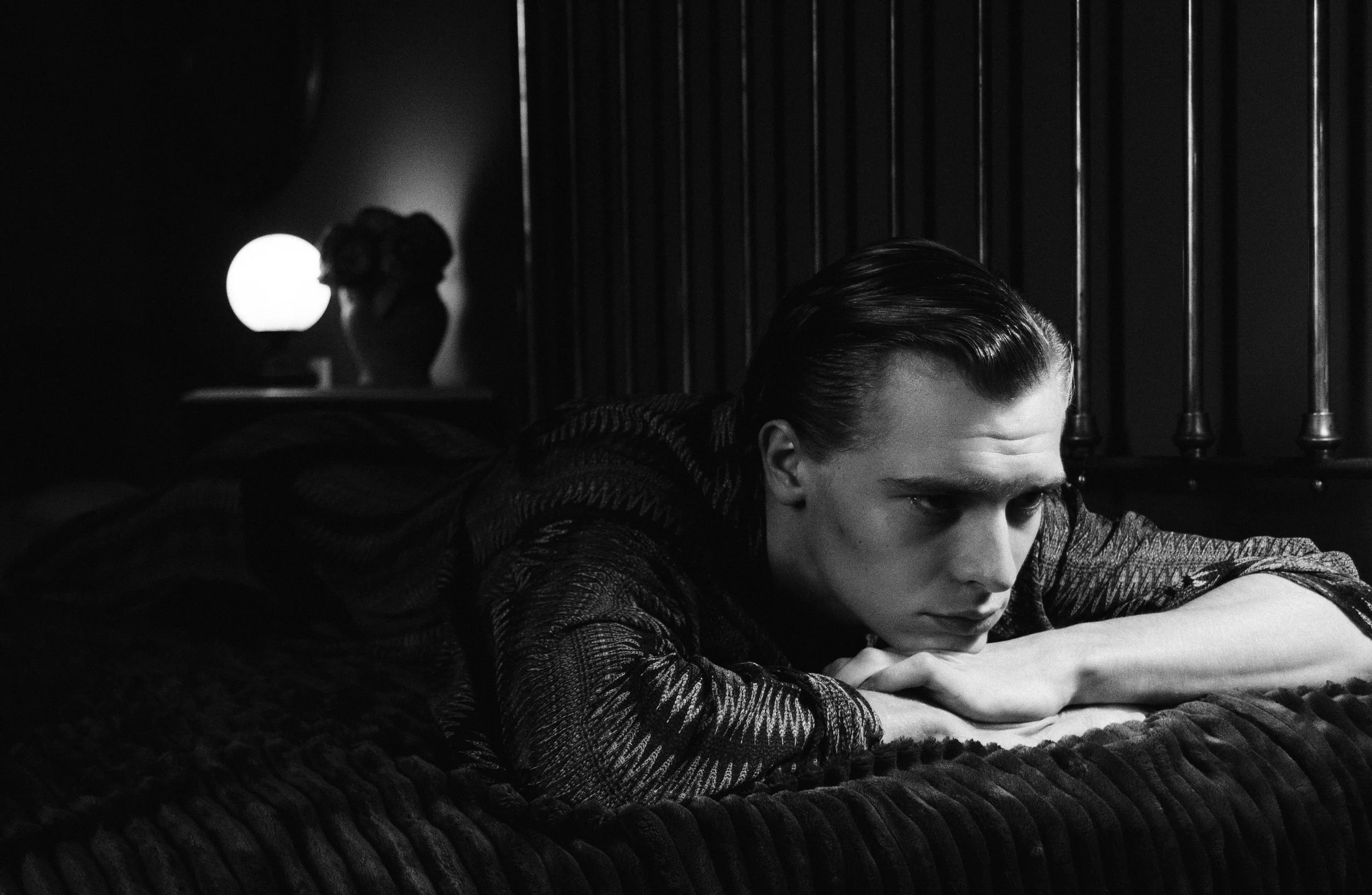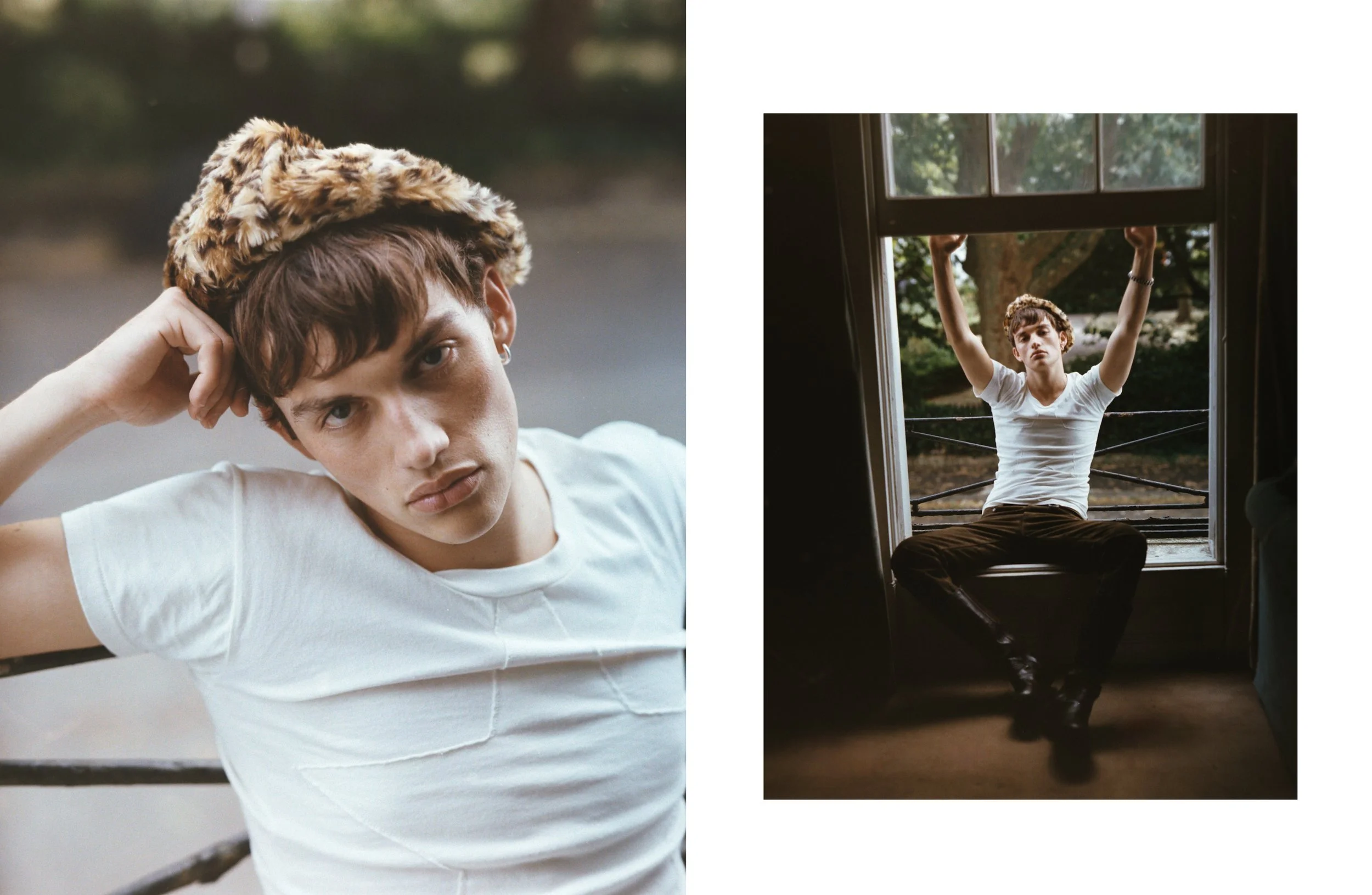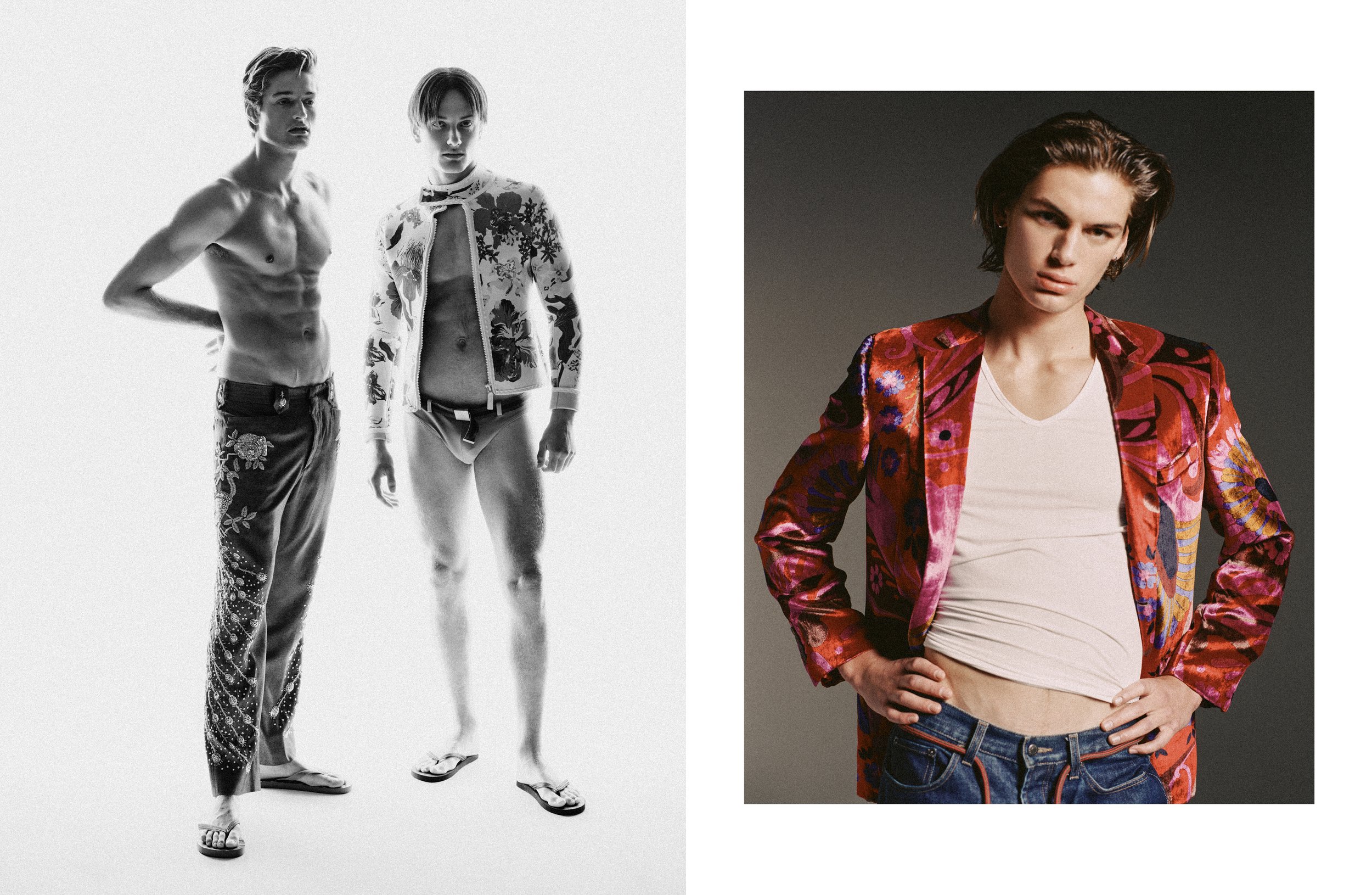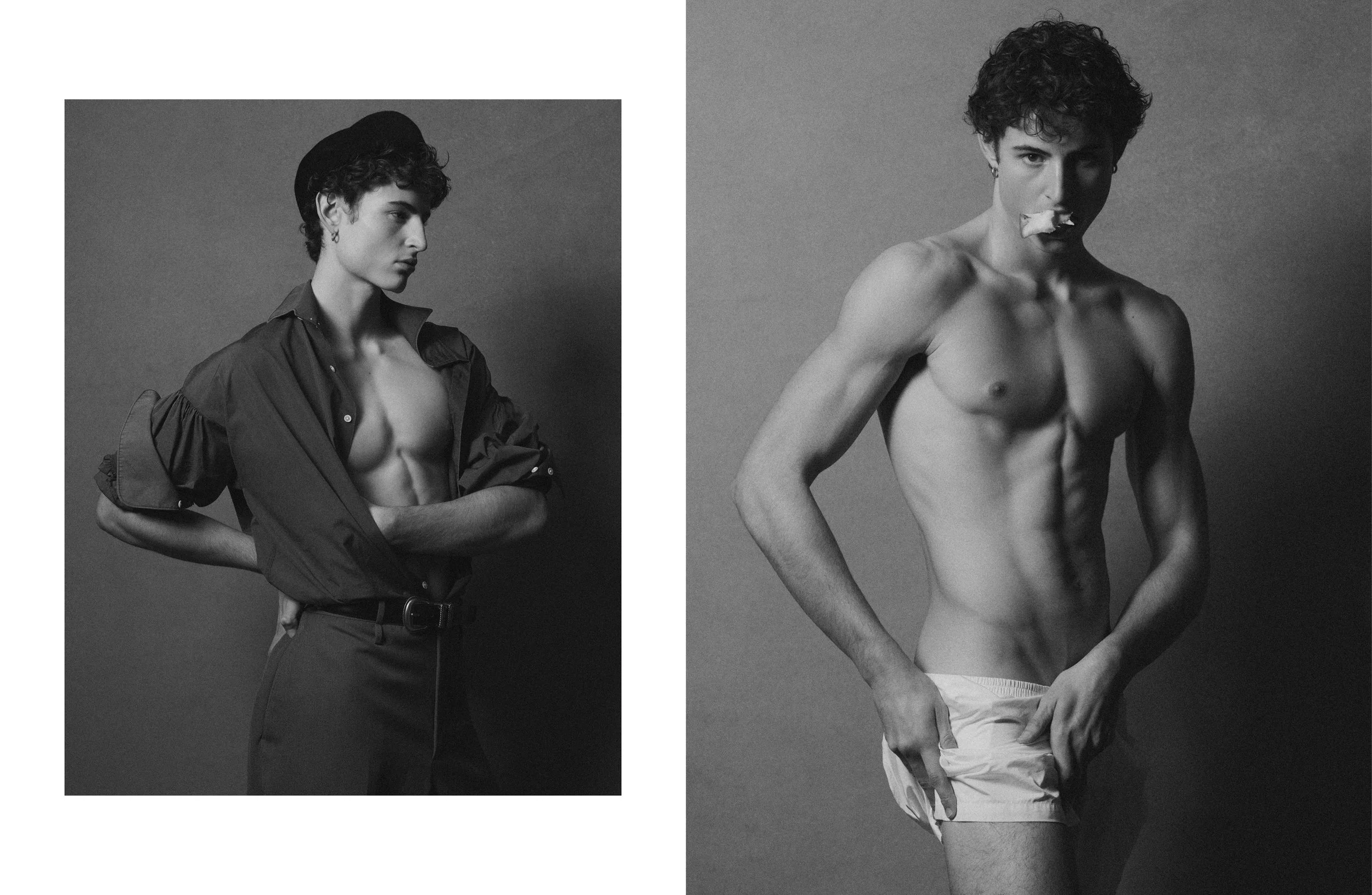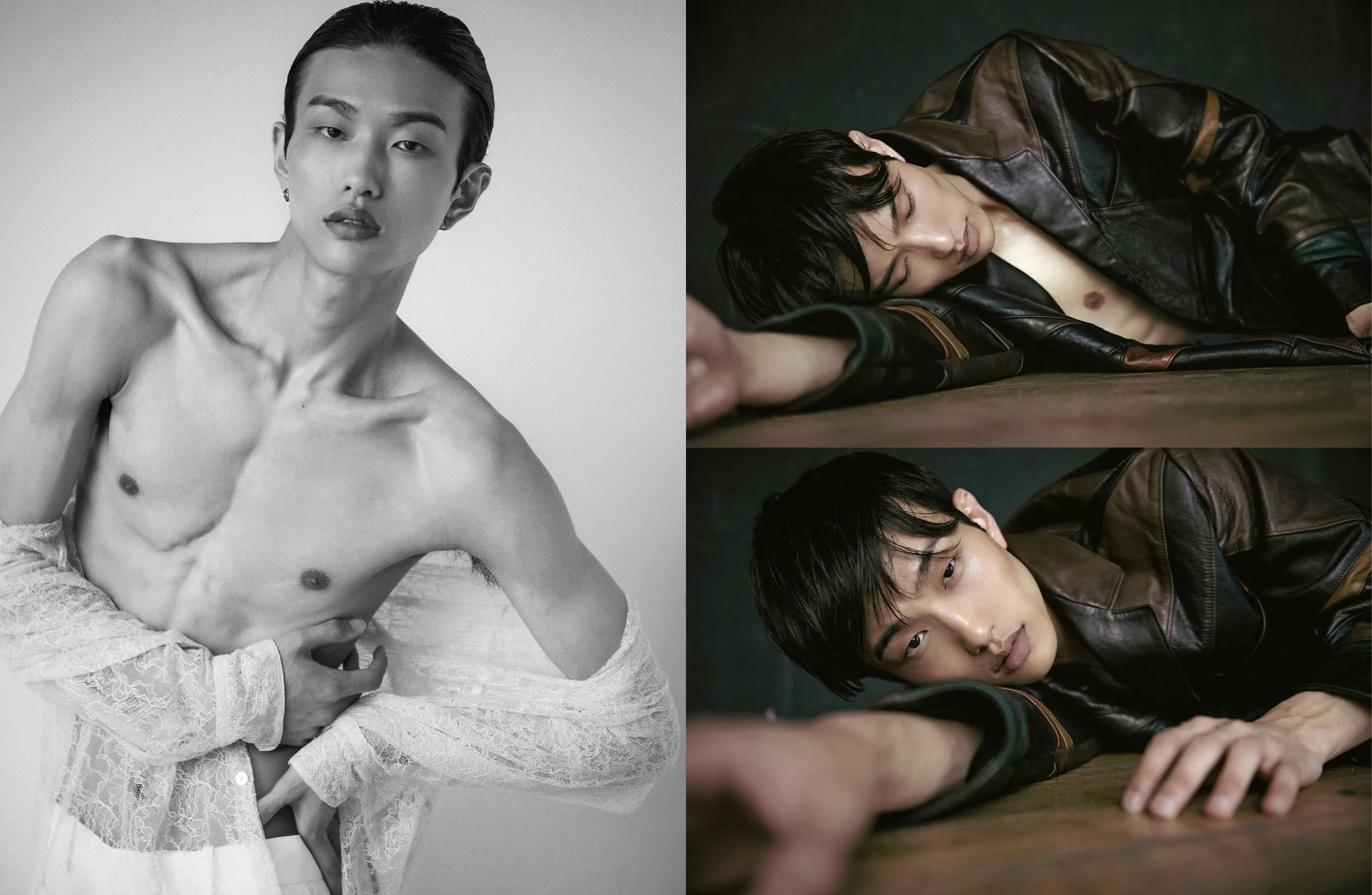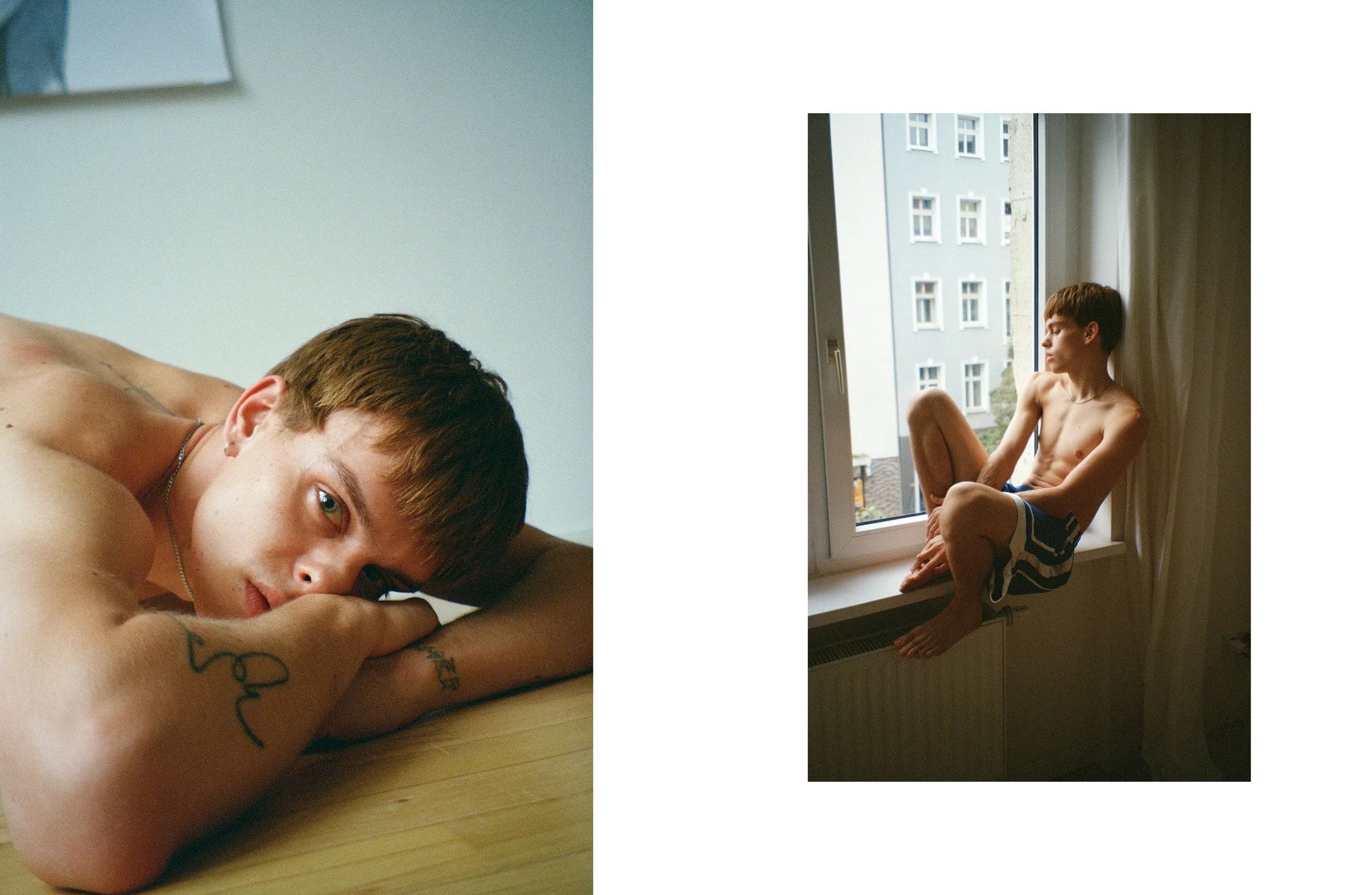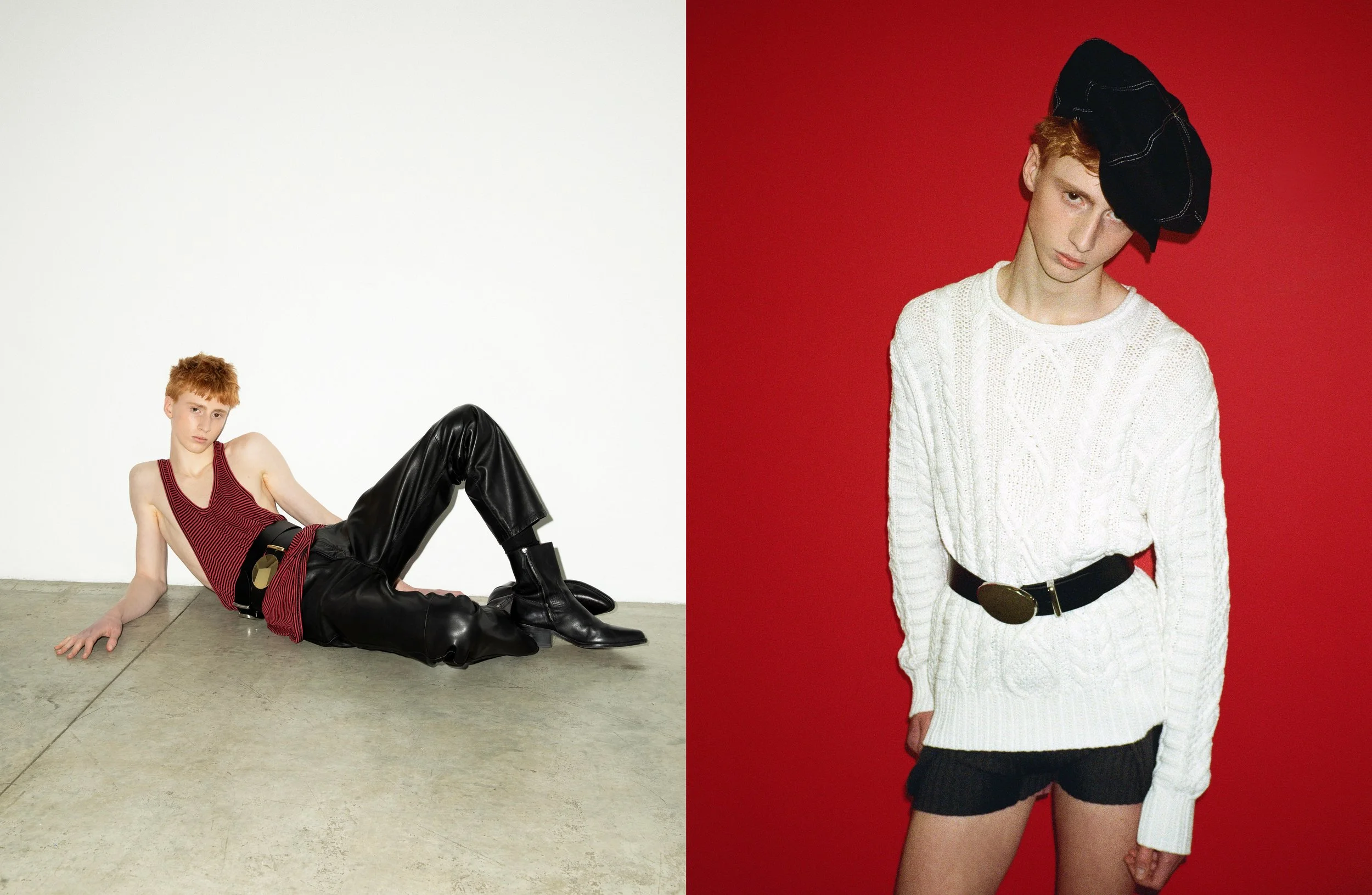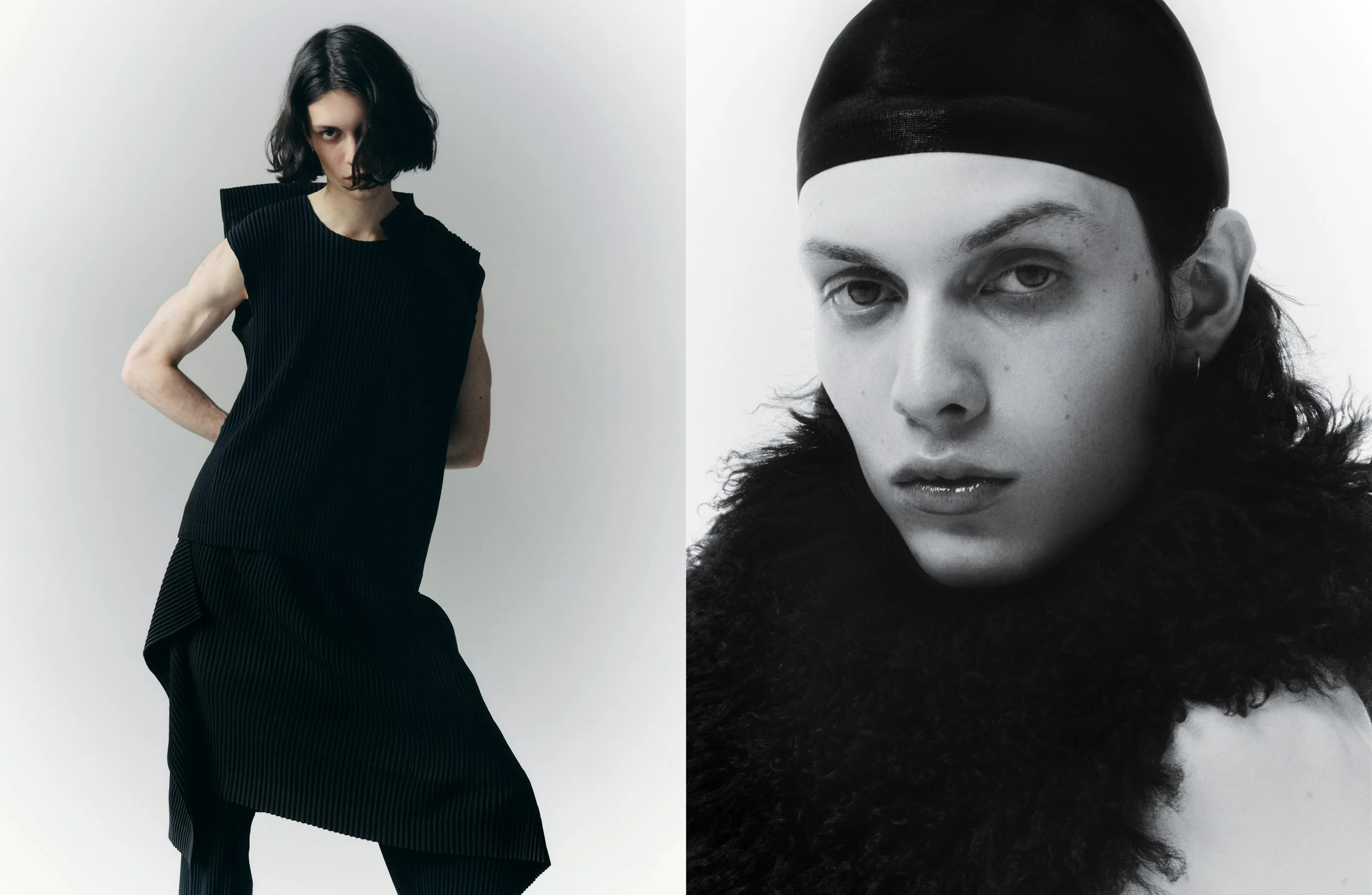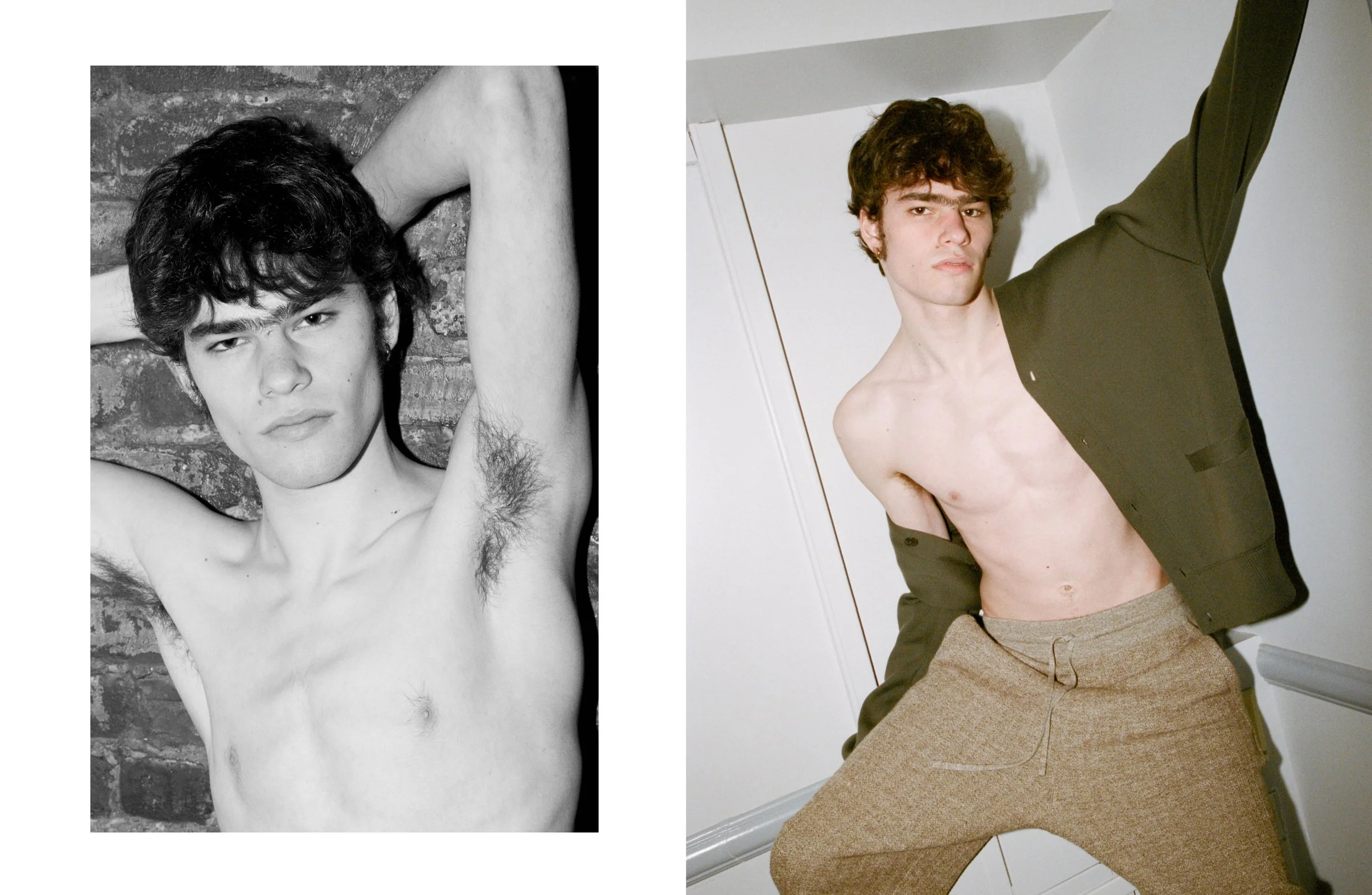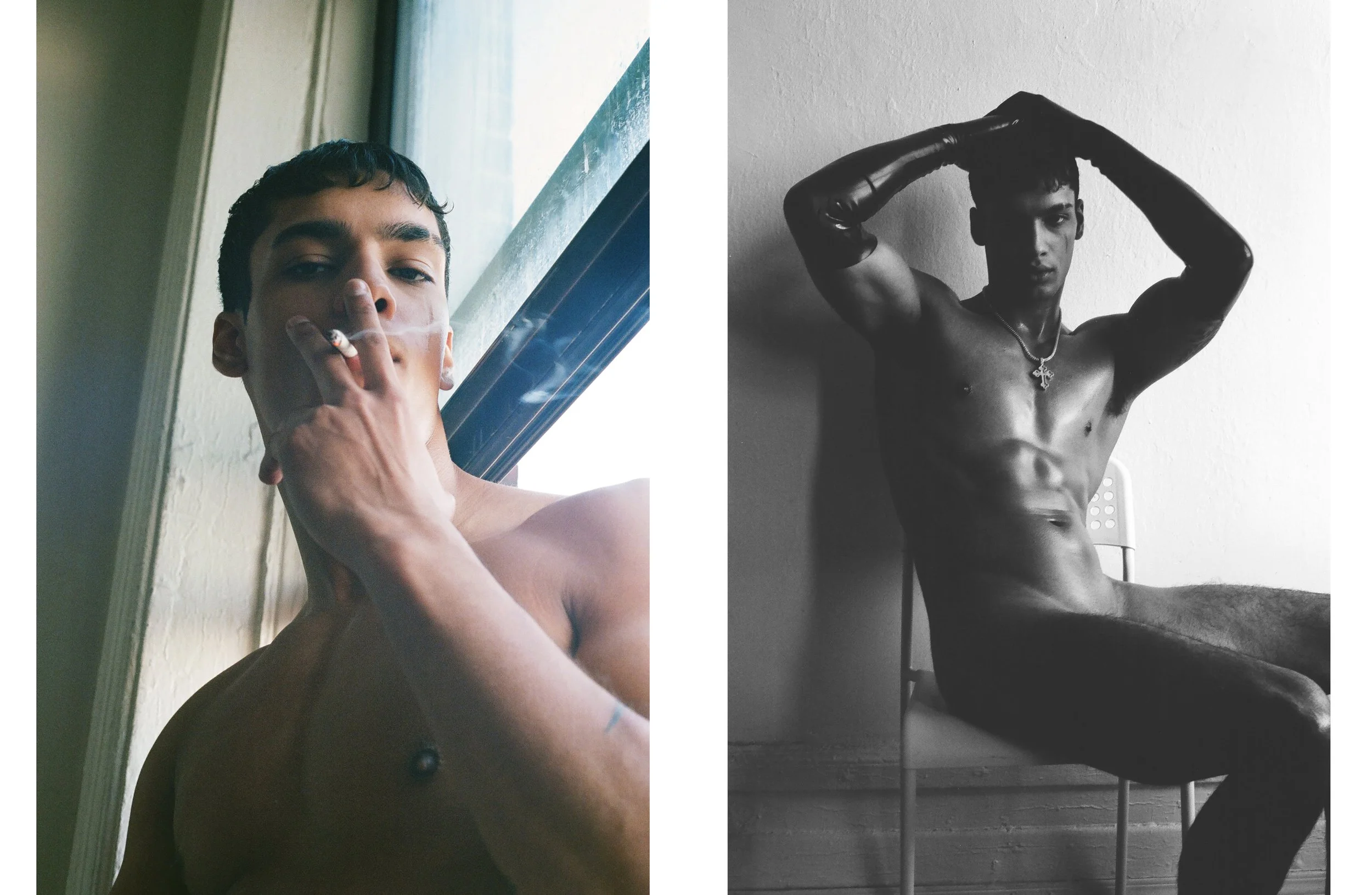Fashion lives off its moments. And no moment could be greater—or more daunting—than following in the footsteps of Martin Margiela and John Galliano, two of the most adored and influential designers in history. For his first Artisanal collection at Maison Margiela, Glenn Martens did the impossible: he honoured a daunting legacy without being devoured by it.
Presented inside a crumbling venue lined with torn paper—the same building Margiela showed his final collection in back in 2008—Martens’ debut was haunted, in the best possible way. The setting was not just symbolic; it was a direct conversation with the ghosts of the house’s past. But this wasn’t mimicry or costume. It was a reinvention.
Following Galliano and Margiela is historically impossible. One rewrote the rules of fashion through deconstruction and anonymity, the other turned fashion shows into operatic, emotional spectacles. Martens doesn’t have the same performative flair Galliano had, nor does he seem interested in Margiela’s absolute erasure of identity (even if the masks that all models wore might indicate otherwise). Instead, he lets his creativity free. This Artisanal collection was visceral, raw.
As Smashing Pumpkins’ 1994 song Disarm echoed off the paper walls, the first look came down the runway: a domed, clear plastic dress worn over a corset that, backstage, Martens related to blown glass. The same idea was explored in multiple ways in the first section of the collection, manipulated to suggest different shapes.
There were references to his predecessors. He had to pay his respects. The adorned masks that accompanied every look were a Martin Margiela staple, and the twisted corsets that structured most dresses felt like an homage to Galliano. Inspiration wasn’t just drawn from his predecessors but from himself. After all, this isn’t his first outing in the world of couture. For Spring 2022, Jean Paul Gaultier gave Martens the opportunity to make his debut in the category. And, while that particular collection had the purpose of relating to Gaultier’s archive, there were quite a few similarities here. Look number 10, an aged gold, metal-threaded dress that tightens around the torso and blooms in its skirt, seems to be a reinterpretation of a similarly blooming metallic dress.
Prints from 16th-century Flemish and Dutch painters—a reference to the shared nationality of him and the founder of the house he now leads—were peppered throughout the collection. Most spectacularly in look 13, where a satin bodysuit is used as a base for a leather tablier. Embossed with gold leaf, it carefully mimicked historical Flemish wallpapers.
The ostentation of the experience was tempered by radical intervals of casualness. Hoodies and denim (even if hand-painted) were refreshing to see in the lineup, grounding the collection in something recognizably human amid the theatricality. Martens doesn’t just showcase his technical and creative prowess; he reveals a refusal to be constrained by the traditional codes of couture.
The final looks, textural blooms that resembled flowers, offered a sublime crescendo. They spoke directly to the Dutch masters’ obsession with nature morte, but here, the inspiration transcended stillness. The dresses expanded beyond the dimensional limitations of the human form, exploding into sculptural tulle flowers that seemed to consume the body whole.
The designer’s debut was a moment, a special occasion where a creative gets to stretch his wings and show us his world. We’re just glad to be living in it.
Words by Pedro Vasconcelos













